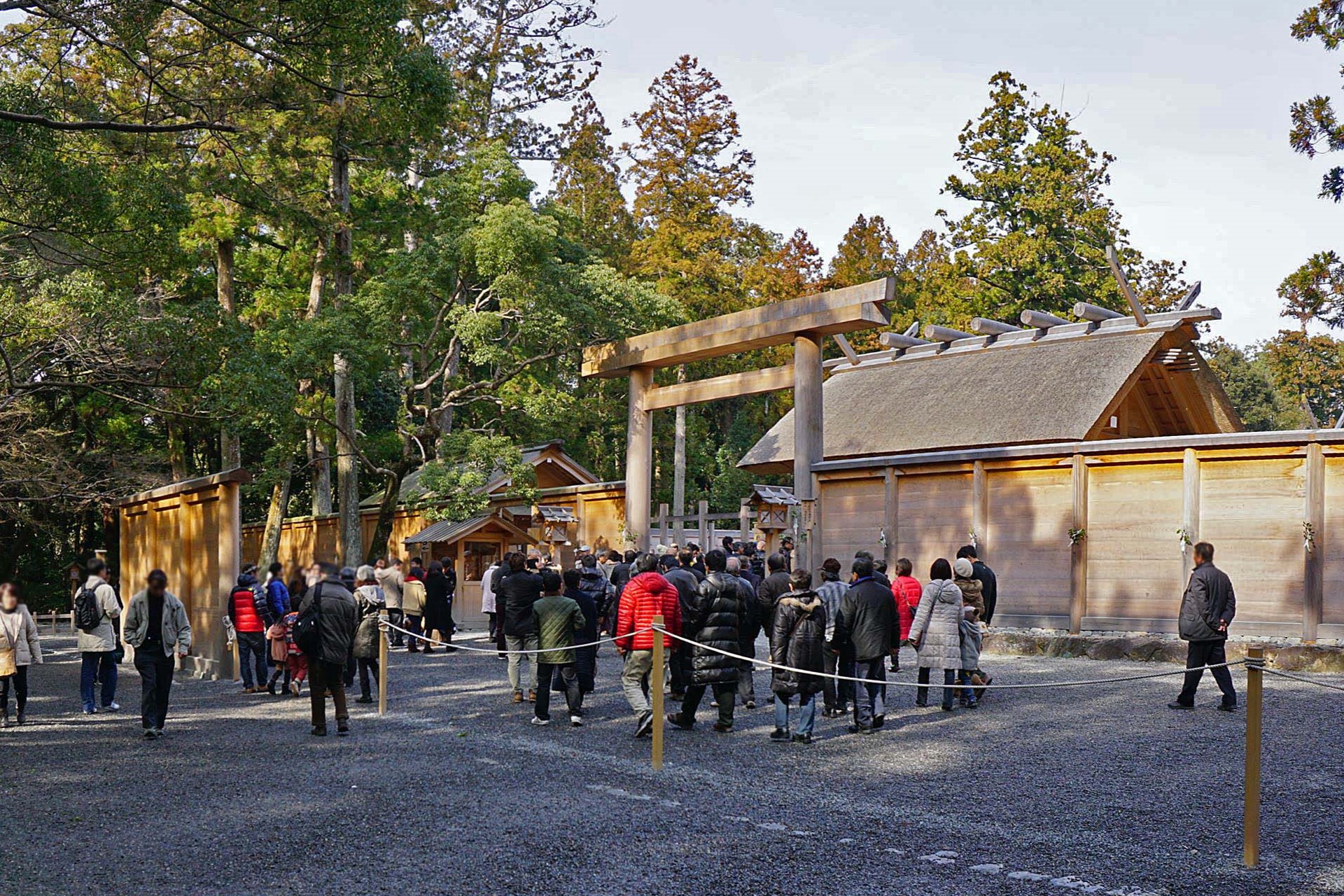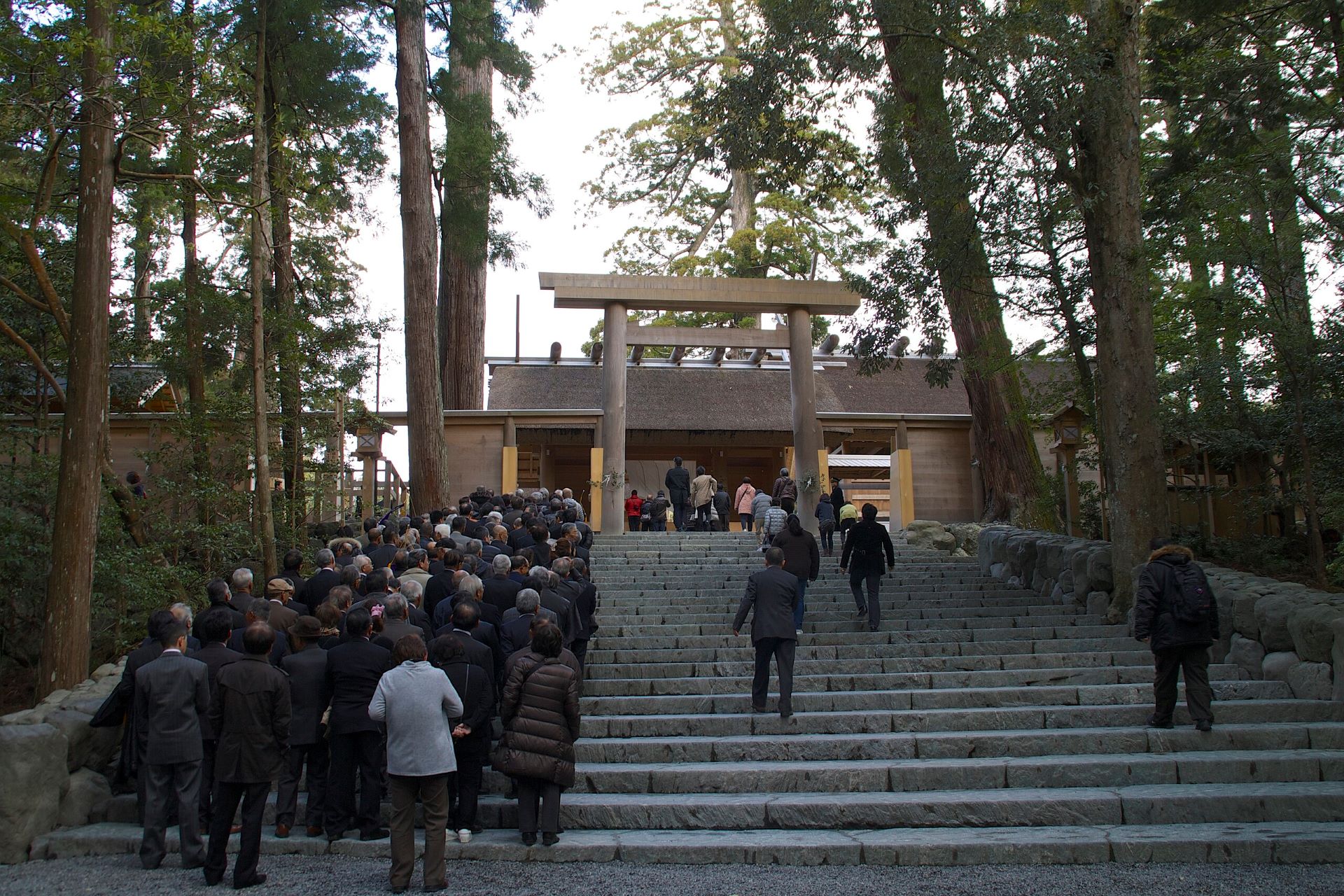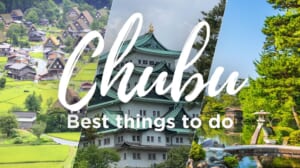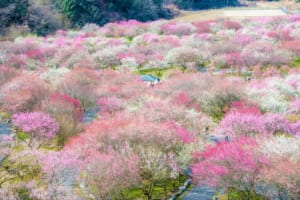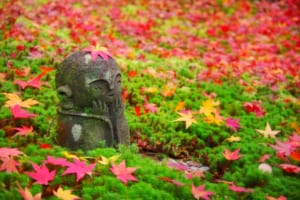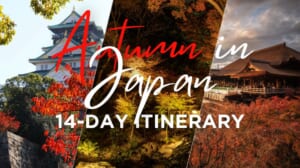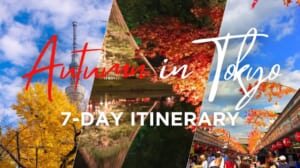Ise Jingu: The Birthplace of Japan
Ise Jingu, the Most Sacred Shrine in Japan
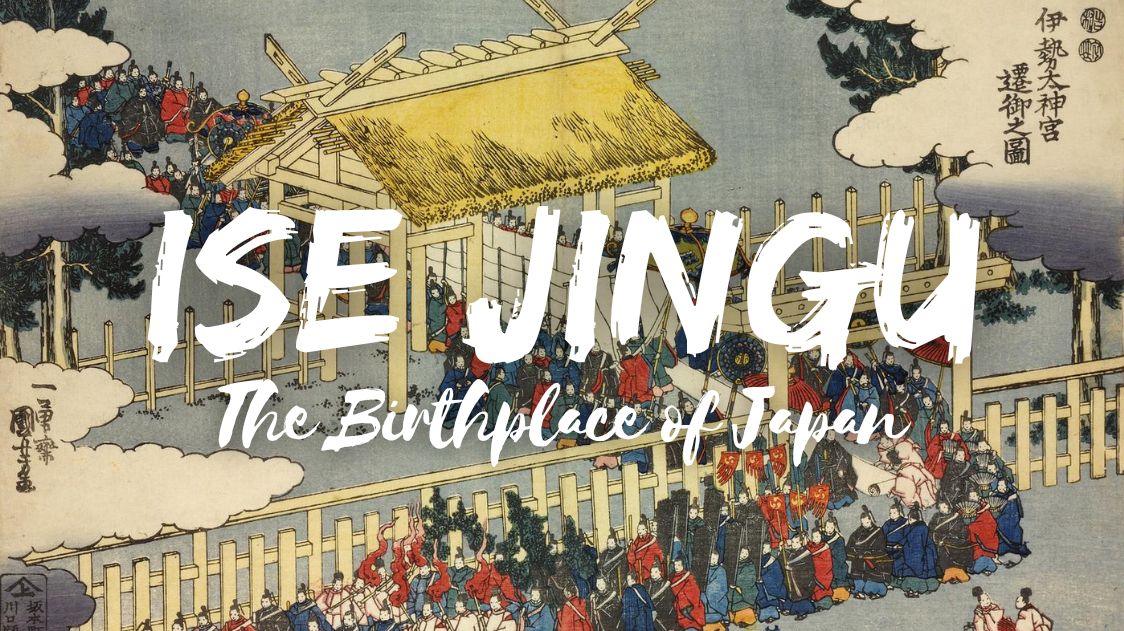
There’s a place where the very essence of Japanese spirituality and tradition has been meticulously preserved for over 2,000 years. Ise Jingu, located in Mie Prefecture, is the most sacred site in Shintoism. What makes Ise Jingu particularly fascinating is its unique rebuilding ritual, where the entire shrine is reconstructed every 20 years using traditional methods and materials.
This practice, which has been ongoing for centuries, symbolizes the Shinto belief in the cyclical nature of life and death. This is a place to enjoy the deep spiritual atmosphere and the beauty of the lush natural surroundings, but don’t forget as you walk around Ise Jingu, that you’re witnessing a very old tradition that continues to thrive in modern Japan. Keep reading for all you need to know about Ise jingu!
What is Ise Jingu?
Ise Jingu (伊勢神宮), also known as the Ise Grand Shrine, is the most revered Shinto shrine complex in Japan. It’s the collective name that refers to two main shrines: the Inner Shrine (Naiku 内宮) and the Outer Shrine (Geku 外宮), along with 125 smaller auxiliary shrines. The Inner Shrine, dedicated to Amaterasu Omikami, the Sun Goddess and ancestor of the Imperial family, is believed to have been established over 2,000 years ago. The Outer Shrine, dedicated to Toyouke Omikami, the deity of agriculture, rice, and industry, was established around 1,500 years ago.
The history of Ise Jingu is deeply intertwined with the Japanese Imperial family and Shinto traditions. The shrine has been a pilgrimage site for centuries, with many Japanese believing that visiting Ise Jingu at least once in their lifetime is essential. The Shikinen Sengu (式年遷宮) ritual, which involves rebuilding the shrines every 20 years, ensures the preservation of ancient construction techniques and symbolizes renewal and continuity in Shinto beliefs. This practice has been maintained for over 1,300 years, reflecting the significance of Ise Jingu in Japanese culture.
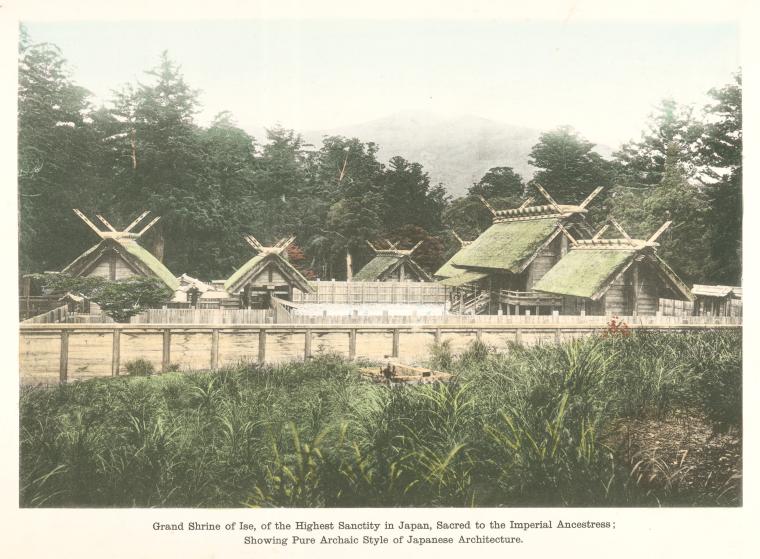
Visitors to Ise Jingu are invited to experience the tranquility and spiritual ambiance of the shrines, which are surrounded by ancient forests and the clear waters of the Isuzu River. The sacred grounds are a good opportunity to connect with Japan’s spiritual heritage and to witness the living traditions that have been passed down through generations.
What to See and Do at Ise Jingu
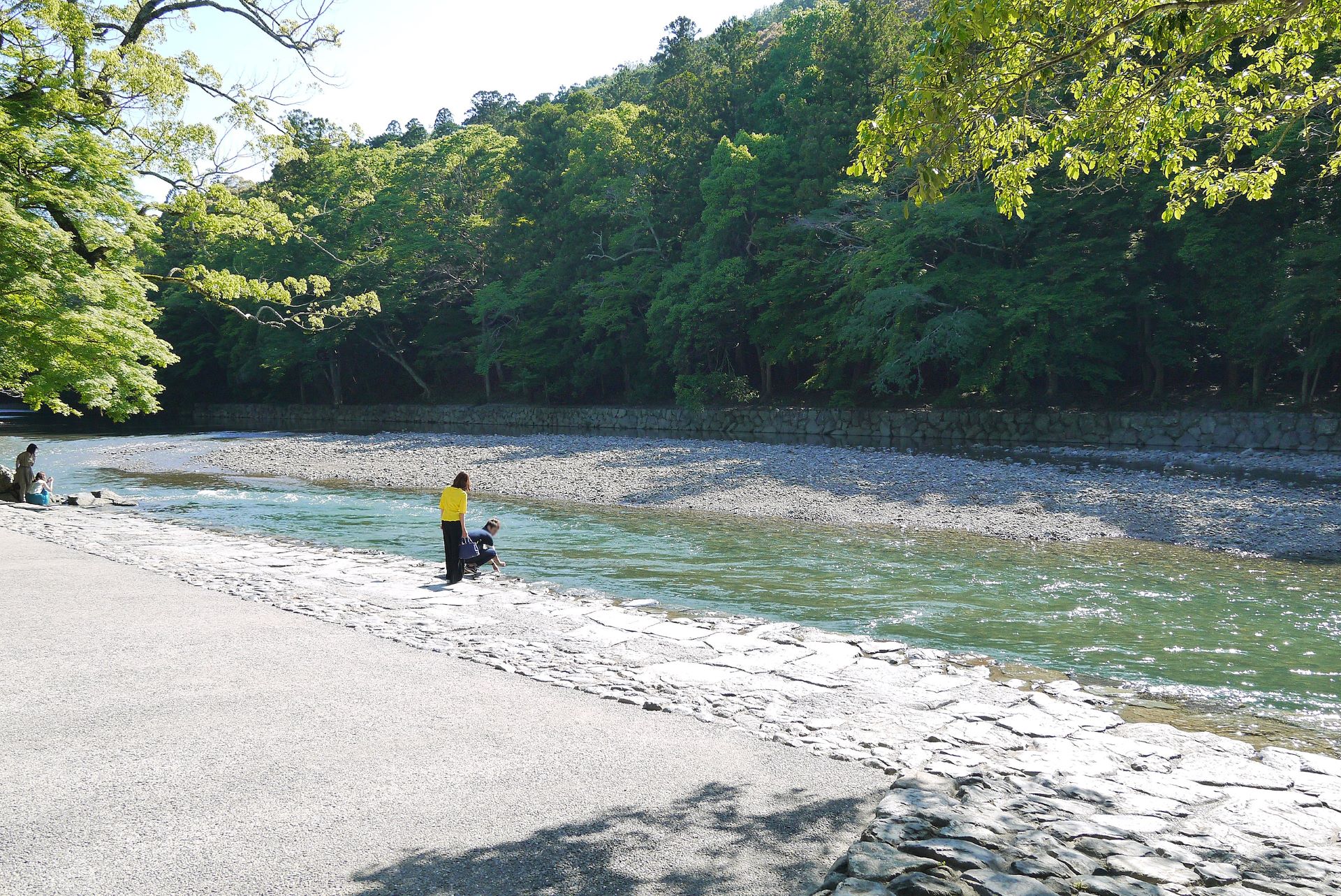
The Outer and Inner Shrines are conveniently connected in a few minutes by a bus line that comes and goes frequently. Each one has many places to explore, so here are the key points of interest and activities, along with some essential etiquette to observe:
- Start at Geku (Outer Shrine): Begin your visit at the Outer Shrine, which is the one closer to Iseshi Station and is dedicated to Toyouke Omikami. The peaceful atmosphere and ancient architecture set the tone for your journey. Explore leisurely the surroundings and stop by the Sengukan Museum if you have time to spare.
- Proceed to Naiku (Inner Shrine): The Inner Shrine, dedicated to Amaterasu Omikami, is the spiritual heart of Ise Jingu. The approach to Naiku is lined with towering cedar trees and the sacred Isuzu River.
- Cross the Uji Bridge: The Uji Bridge, which spans the Isuzu River, marks the entrance to Naiku. Crossing this bridge symbolizes a transition from the everyday world to the sacred space of the shrine.
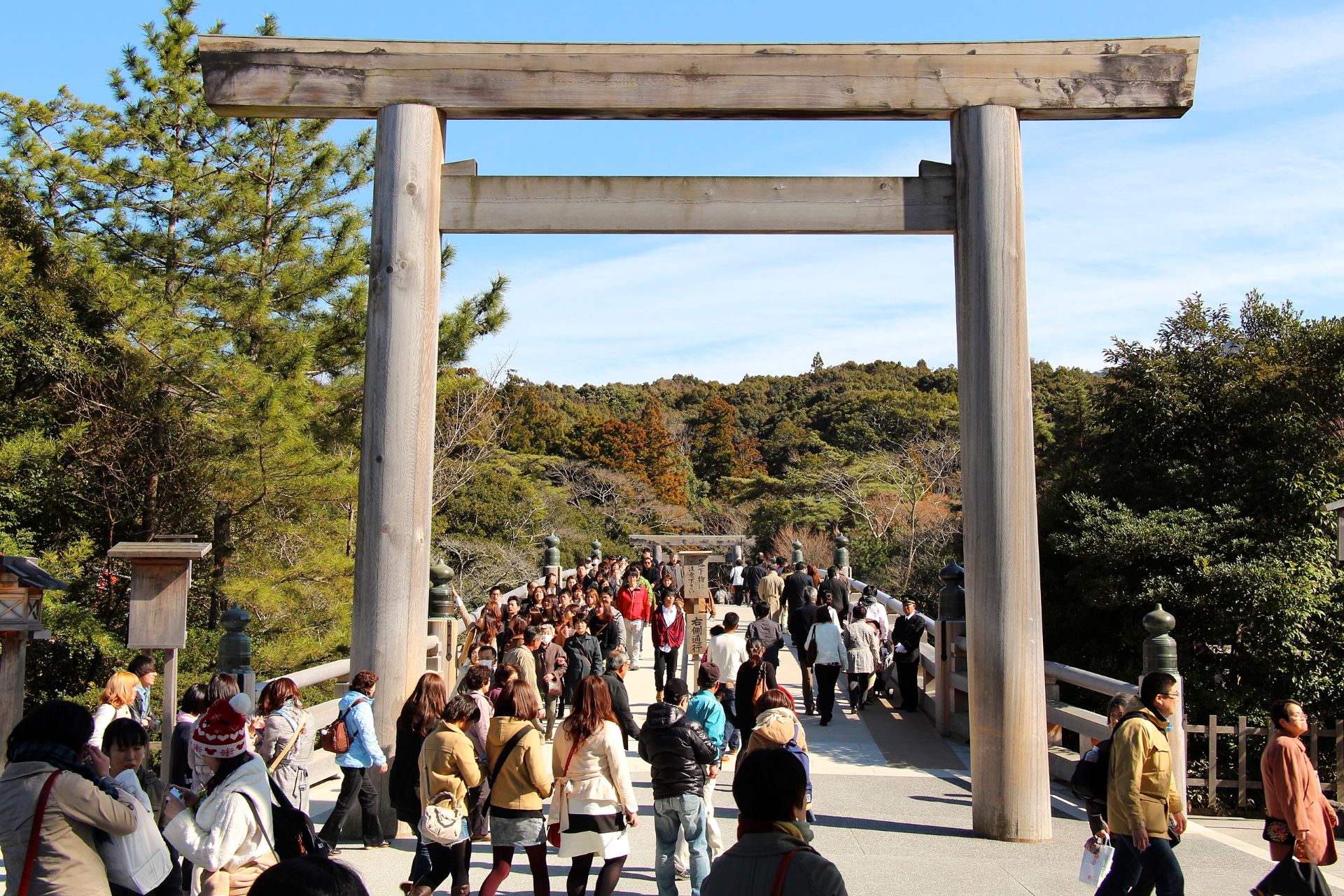
- Main Hall: The main sanctuary is where the sacred mirror, one of Japan’s three Imperial Regalia, is enshrined. Visitors are not allowed inside, but they can pay their respects from the designated areas.
- Offer Prayers and Purify Yourself: At both shrines, follow the proper etiquette for offering prayers. Cleanse your hands and mouth at the purification trough (temizuya) before approaching the main sanctuary.
- Kaguraden: At Naiku visit the Kaguraden, where sacred dances and music are performed. You can also purchase a charm or an amulet there.
- Sacred Forests and Walking Paths: The expansive grounds of Ise Jingu are filled with ancient trees and peaceful walking paths. Take a moment to enjoy the natural beauty and tranquility.
Etiquette for Worship:
- Dress Modestly: Ensure your clothing is respectful and appropriate for visiting a sacred site.
- Bow Before Entering and Exiting: Bow slightly when you enter and leave each gate or building within the shrine grounds.
- Do Not Take Photos Inside Sacred Areas: Photography is prohibited in certain areas, particularly inside the gate of the main sanctuaries: Toyouke Daijingo in Geku and Kotai Jingu in Naiku.
- Remain Quiet and Respectful: Keep noise to a minimum to maintain the peaceful atmosphere.
How to Get to Ise Jingu
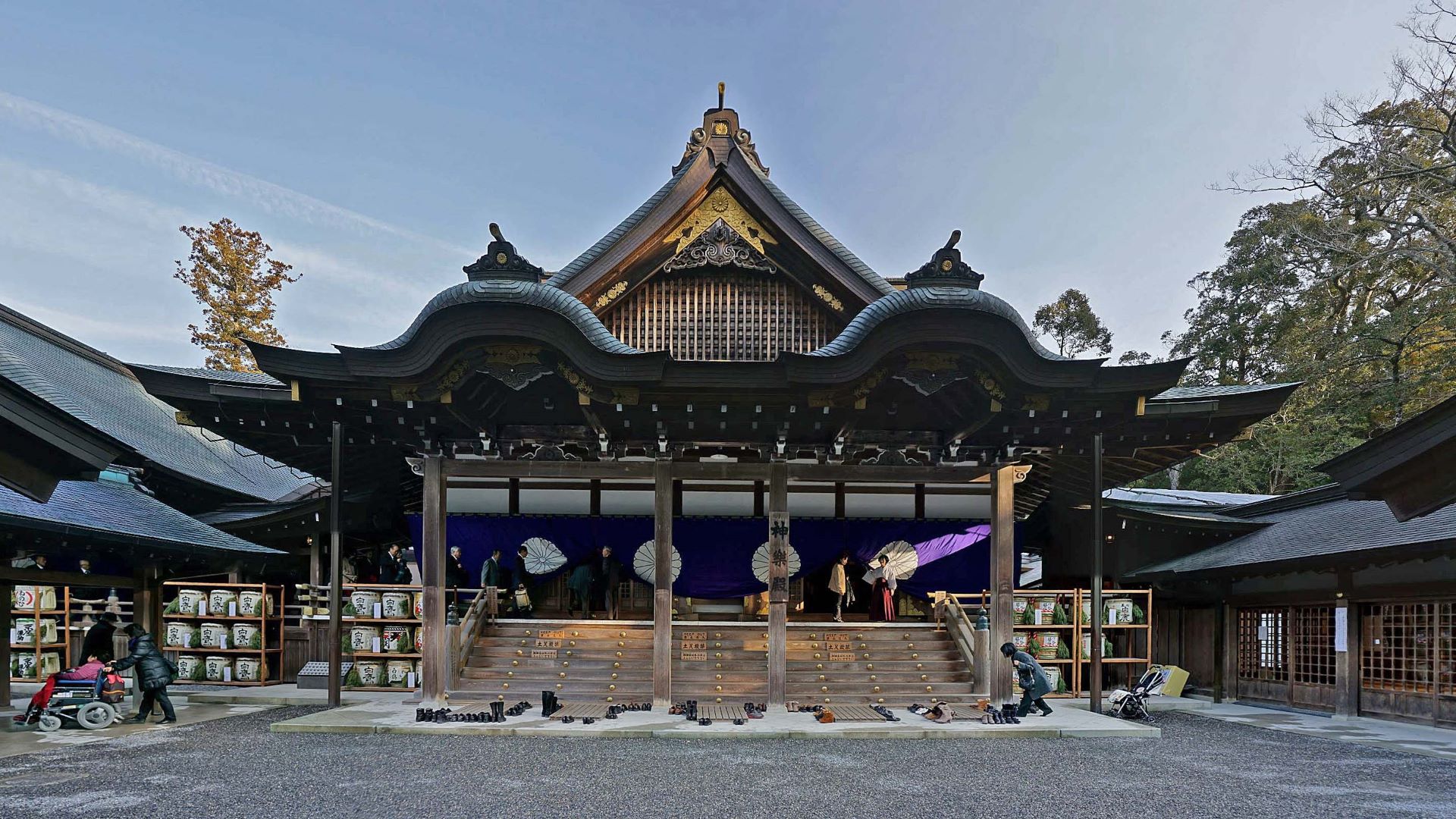
By Train:
- From Tokyo: Take the Tokaido Shinkansen from Tokyo Station to Nagoya Station (about 1 hour and 40 minutes), then transfer to the Kintetsu Limited Express bound for Ise City (about 1 hour and 30 minutes). Alight at Iseshi Station or Ujiyamada Station.
- From Osaka: Board the Kintetsu Limited Express from Osaka-Namba Station to Ujiyamada Station or Iseshi Station (approximately 2 hours).
- From Kyoto: Take the Kintetsu Limited Express from Kyoto Station directly to Ujiyamada Station or Iseshi Station (about 2 hours).
By Bus:
- Express Buses: Direct express buses run from major cities like Tokyo, Osaka, and Nagoya to Ise City. This option might be more convenient for those looking to save on transportation costs.
If you are already in Ise City:
- Outer Shrine (Geku): Geku is closer to Iseshi Station, just a 10-minute walk away.
- Inner Shrine (Naiku): From Iseshi Station or Ujiyamada Station, take a bus to Naiku Mae bus stop. The ride takes about 15 minutes.
Tourist Attractions Near Ise Jingu
1. Okage Yokocho
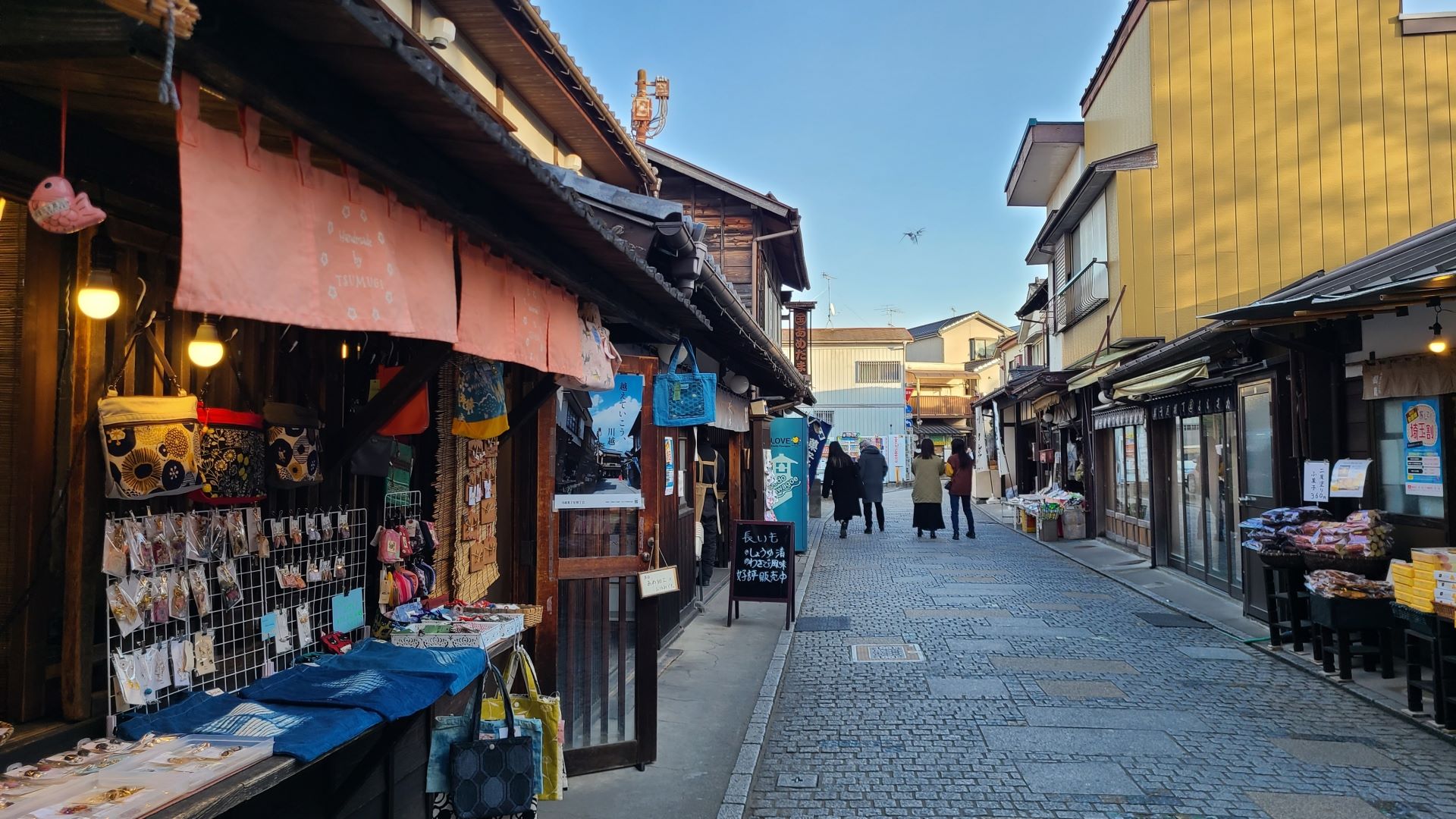
2. Sarutahiko Shrine

 Access Access |
10-min walk from Ise Jingu Naiku |
|---|---|
 Official Website Official Website |
https://www.sarutahikojinja.or.jp/ |
3. Ninja Kingdom Ise
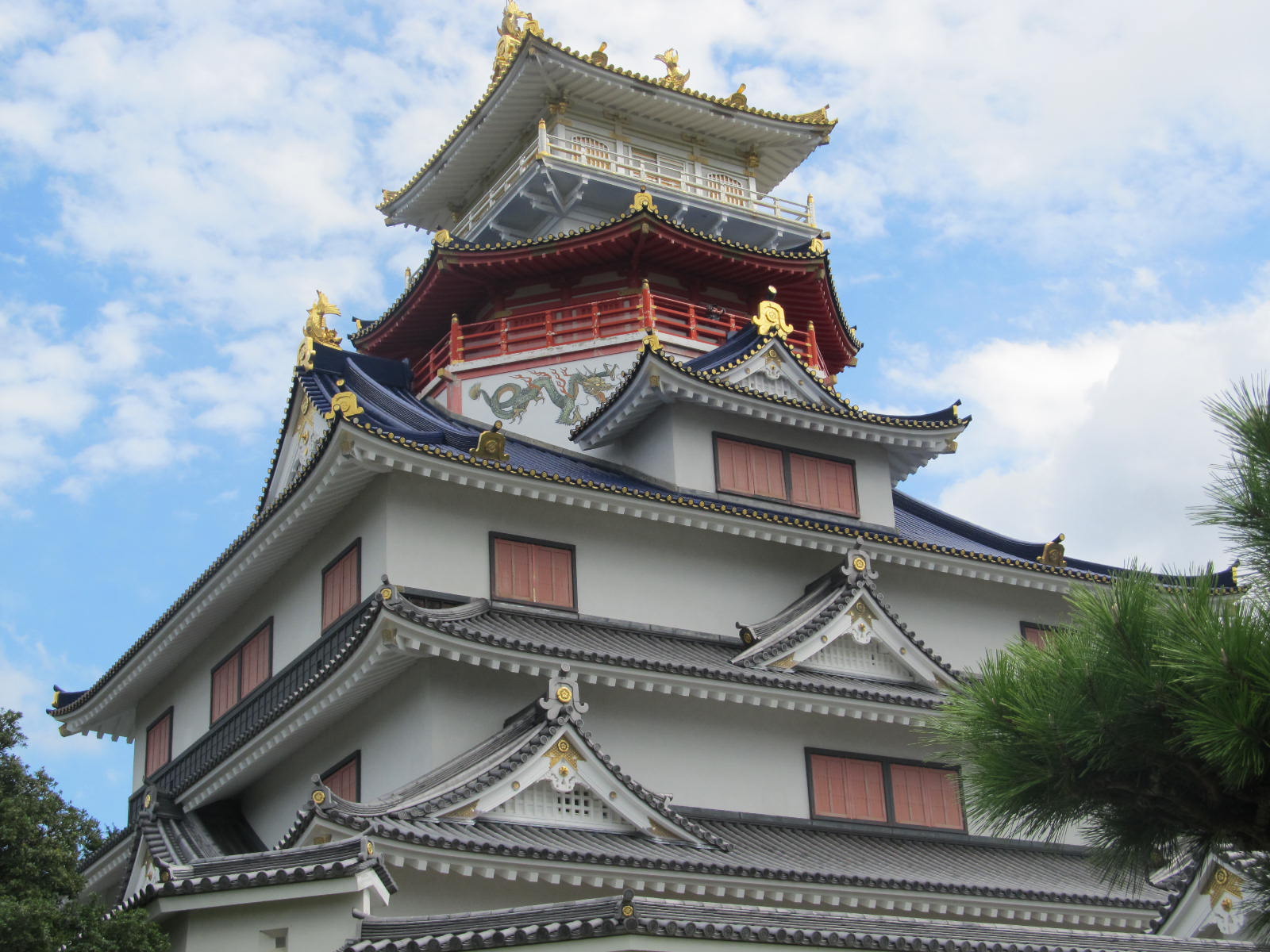
For a fun and immersive experience, visit Ninja Kingdom Ise (ともいきの国 伊勢忍者キングダム), a theme park that recreates the world of ninjas and samurai. The park offers various attractions, including ninja shows, samurai performances, and interactive experiences where visitors can dress up in traditional costumes. It’s an exciting destination for families and anyone interested in Japan’s feudal history.
4. Meoto Iwa
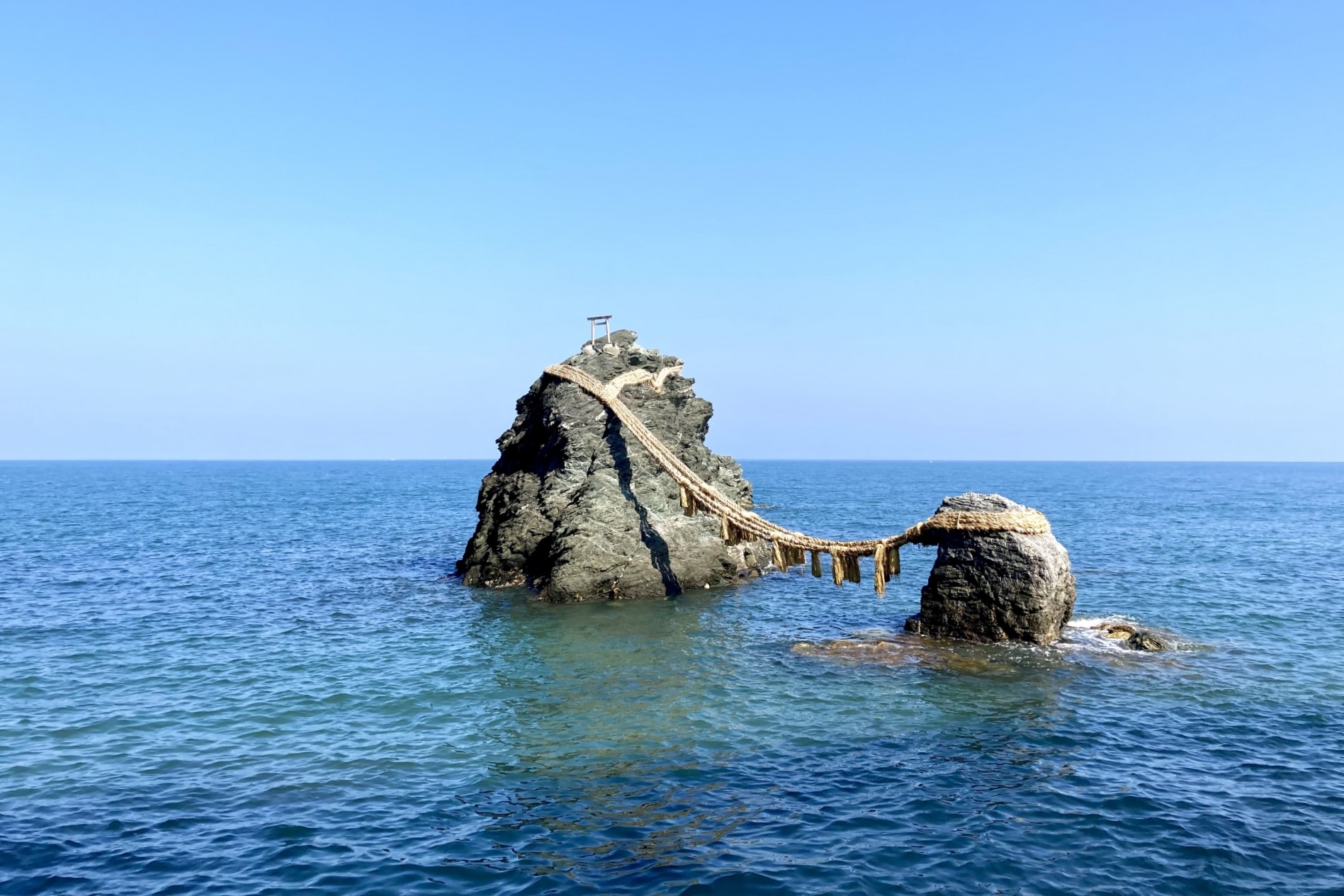
 Access Access |
25-min bus from Ise Jingu Naiku |
|---|---|
 Official Website Official Website |
https://futamiokitamajinja.or.jp/about/#meotoiwa |
▽Subscribe to our free news magazine!▽
For more information about traveling in Japan, check these articles below, too!
▽Related Articles▽
▼Editor’s Picks▼
Written by
Photographer, journalist, and avid urban cyclist, making sense of Japan since 2017. I was born in Caracas and lived for 14 years in Barcelona before moving to Tokyo. Currently working towards my goal of visiting every prefecture in Japan, I hope to share with readers the everlasting joy of discovery and the neverending urge to keep exploring.





